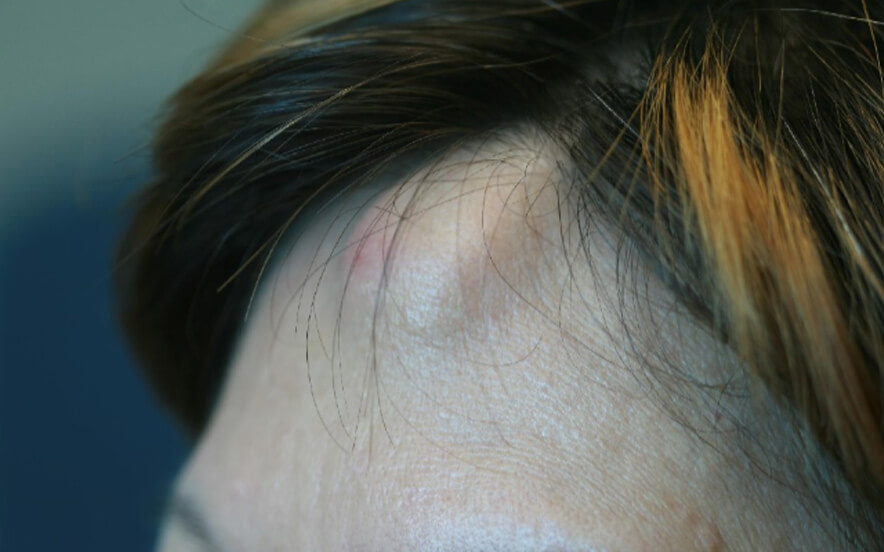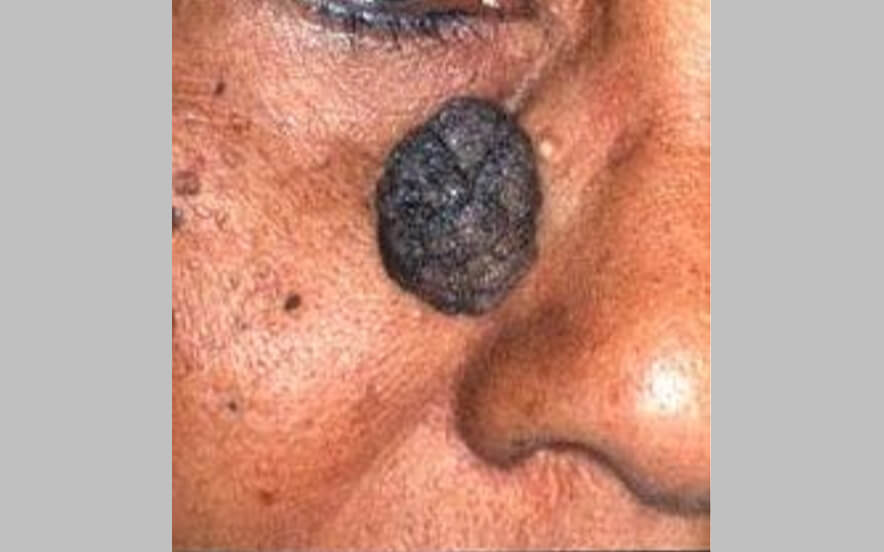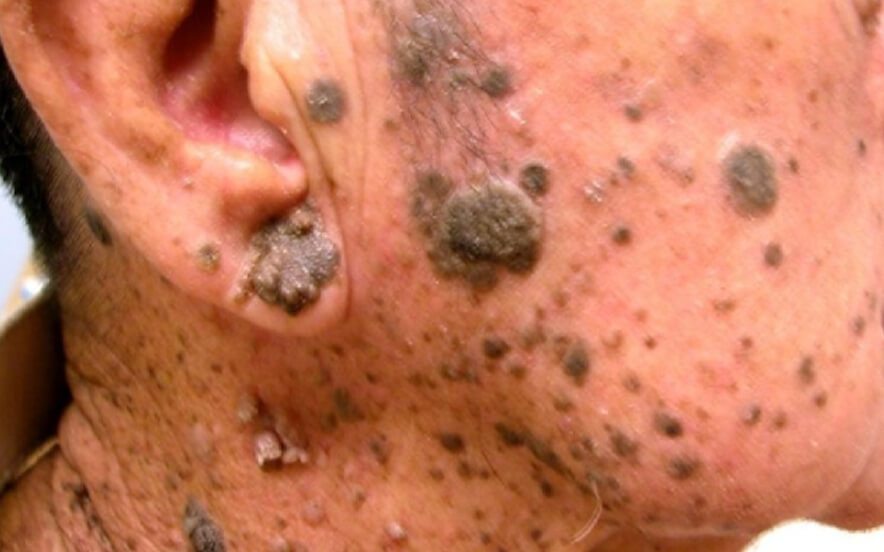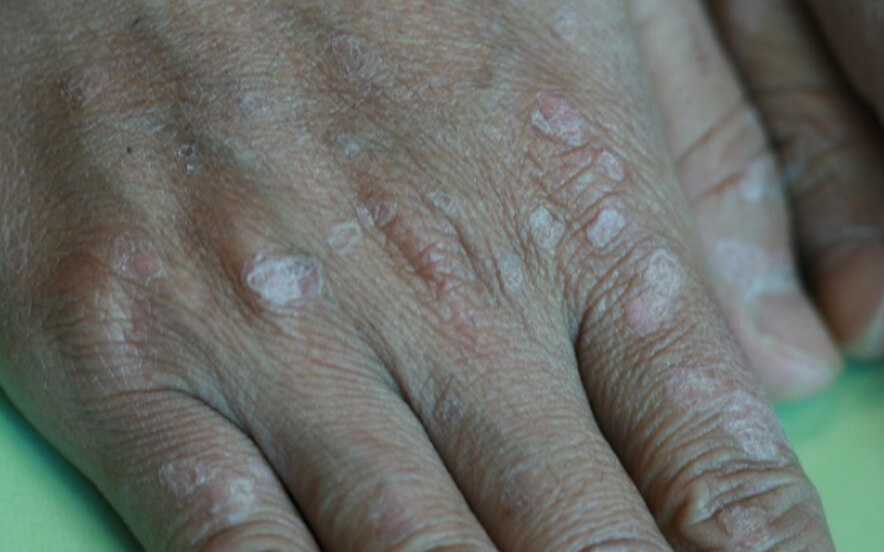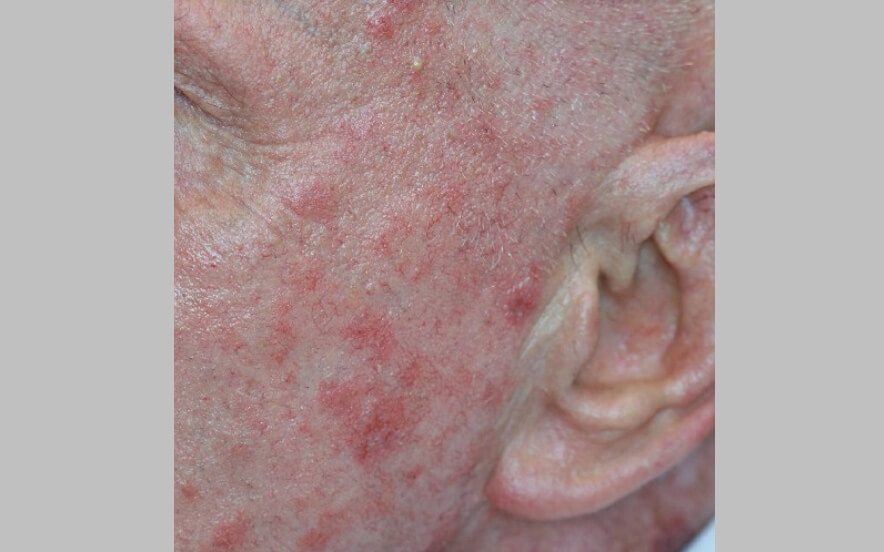Skin Growths and Spots (Lumps and bumps) Treatment by
There are many types of benign skin growths. Sometimes, skin cancer may be mistaken as normal skin lesion e.g. pimple, mole or age spot. Do consult a dermatologist to have a proper clinical evaluation.
Why Choose Dr. Wong Soon Tee
Friendly & Experienced Specialist
Dr. Wong connects well with his patients & he is a specialist with over 30 years of experience.
Dedicated & Focused Patient Care
Dr. Wong will manage every step of his patient’s skin healing journey.
Safe & Effective Treatments
We offer a selection of carefully curated FDA & HSA-approved treatments that give effective results.
- MBBS, Yong Loo Lin School of Medicine, Singapore
- MRCP. Member of Royal College of Physicians, United Kingdom
- FAMS, Fellow of Academy of Medicine, Singapore
- Adjunct Assistant Professor, National University of Singapore
- Visiting Consultant, University Dermatology Division, National University Hospital
- Visiting Consultant, Aesthetic Plastic Surgery Centre, National University Hospital

Skin Growths and Spots
( Lumps and bumps)
Sometimes, skin cancer may be mistaken as normal skin lesion e.g. pimple, mole or age spot.
Types of benign skin growths and some of the more common examples
Seborrheic Keratosis/Age Spots
Seborrheic keratosis are non-cancerous growths. They are usually brown but can vary from light brown to black. They vary in size from a few millimeters to larger than 10 millimeters in diameter. Their main feature is the waxy, “pasted-on” or “stuck-on” appearance.
They become more common, more numerous and grow larger with advancing age and hence they are also commonly known as age spots. A seborrheic keratosis may turn black and may be difficult to distinguish from skin cancer at times. Moreover, skin cancer can often mimic seborrheic keratosis; it is recommended to remove the lesion especially if it itches, gets irritated, or bleeds easily. Hence, a biopsy is needed to help determine if it is cancerous. Otherwise, they can be easily removed with laser, cautery or cryotherapy.
Actinic Keratosis
Actinic keratosis is also called solar keratosis. They are caused by sun; hence, the face, hands, forearms, and the V of the neck are the most common areas for actinic keratosis. Actinic keratosis is precancerous, which means they may become skin cancers.
Do seek help early with a dermatologist in order to get rid of these precancerous lesions.
Lipomas
Lipomas are slow growing lumps made up of fat. Like cysts, they are very common and not malignant. They are often dome- shaped and usually feel soft and rubbery. They move around easily under the skin and they can appear anywhere on the body as one lump or in groups. Lipomas can easily be removed by minor surgery. There are standard excisions and an alternative with minimal incision / scar. This latter technique is useful in areas with thin dermis, such as the face and extremities.
Benign Fibrous Histiocytoma (Dermatofibroma)
Benign fibrous histiocytoma is a common benign fibrous skin growth consisting of a firm, smooth lump occurring usually on the limbs. They are usually triggered by skin injury. On pale skin, they range from pink to light brown, and on darker skin from dark brown to black. They are sometimes itchy and might be mistaken for an insect bite. They can be easily removed by minor surgery.
Cherry Angioma
Cherry angioma is a smooth, typically cherry-red bump on the skin. They are the result of excessive growth of blood vessels in the skin and the cause is not known. The size of the growths can range from 1 to 5mm in size and the colour varies from red, purple or even deep blue depending on how deep in the skin they are. Cherry angioma doesn’t require treatment except for cosmetic reasons. In cosmetic removal, the angioma can be removed by electrosurgery or lasers.
Neurofibromas
Neurofibromas are soft, fleshy, slow-growing masses that occur under the skin, sometimes even deep within the body. These are harmless tumors; however, they can turn malignant or cancerous in rare cases. They can be painful occasionally and symptoms may vary, depending on the locations and the sizes of the tumors. If the tumor is not causing any symptoms, no treatment is necessary.
Skin Tags
Skin tags usually occur as multiple small (1-2mm) soft skin growths with a connective tissue stalk. Patients often request for the removal of these skin tags for cosmetic reasons, or after they have been irritated by jewelry around the neck or have become inflamed. Their removal is usually quite straightforward with cautery or laser surgery.
Skin growths can be tricky at times. Once, a presumed lipoma on a man’s shin turned out to be a nasty chondrosarcoma, a serious soft tissue cancer. Not surprisingly, the patient was shocked!
Restore Your Skin
Dr. Wong Soon Tee is a MOH accredited Dermatologist for more than 30 years. If you have skin growths and spots on your body that need accurate diagnosis and treatment, do call us at +65 6694 1121 for an appointment.
Our Clinic Location
-
Mount Elizabeth Novena Specialist Centre
#10-22/23, 38 Irrawaddy Road,
Singapore 329563 - +65 6694 1121
- +65 9724 4911(WhatsApp)
- enquiry@assuranceskin.com
-
Mon, Tues, Wed, Fri: 9am - 5pm
Thurs & Sat: 9am - 12.30pm
Sun & Public Holidays: Closed
Book An Appointment
Leave us your details and our clinic will get back to you shortly.
For Faster Response, Call Us!
+65 6694 1121
Chat with our friendly clinic staff through Whatsapp!

